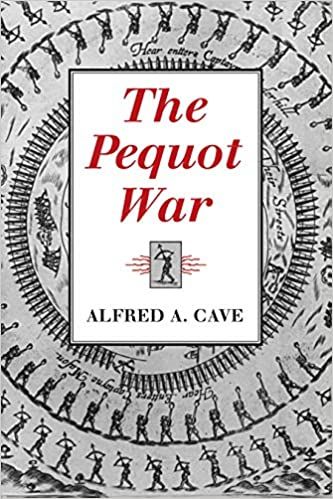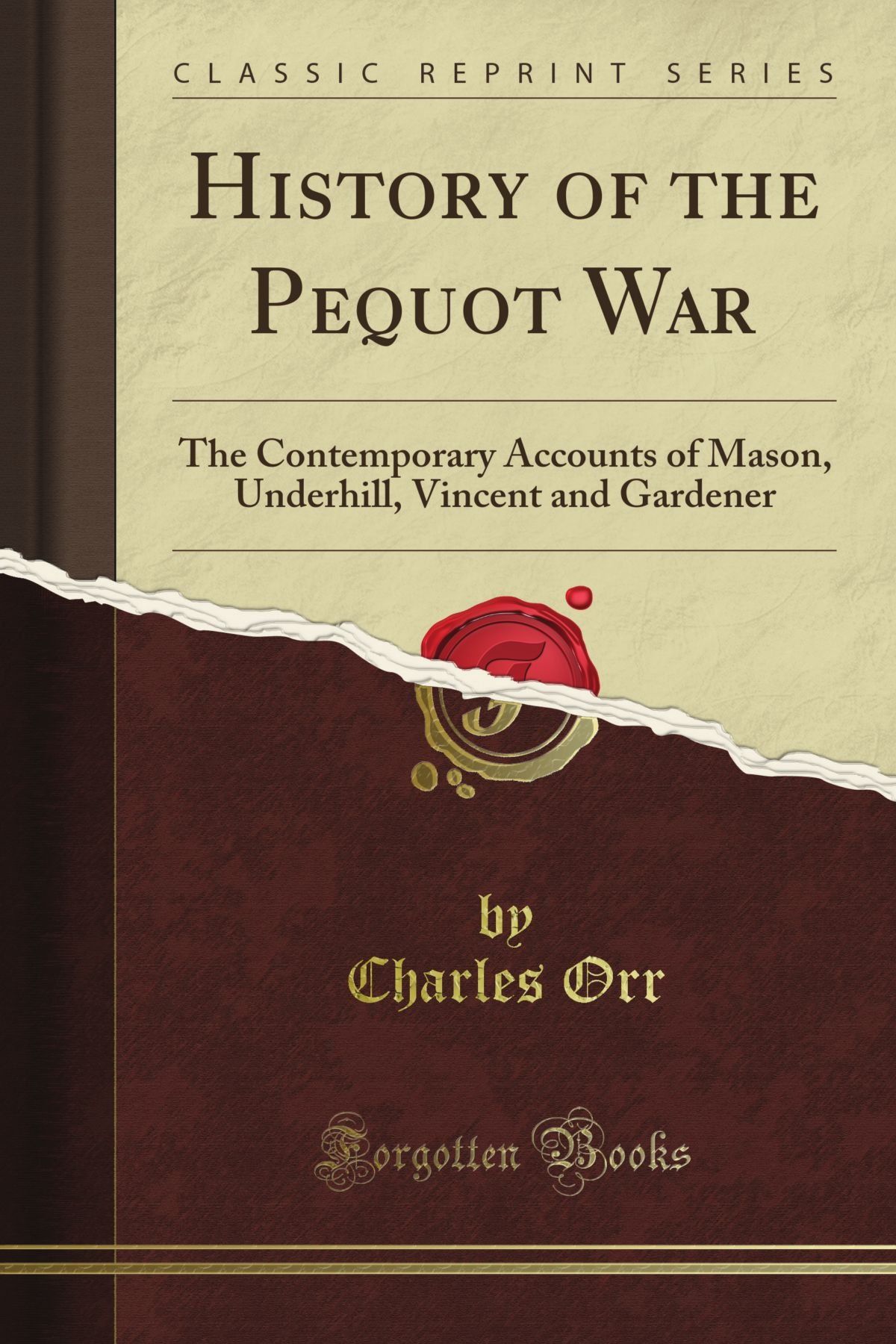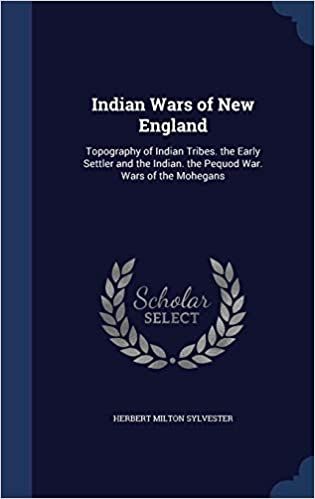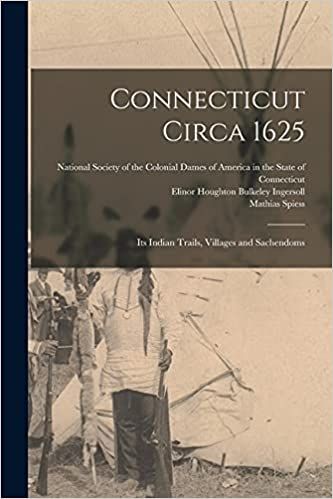Traditionally, the Pequot spoke Pequot, a dialect of the Mohegan-Pequot language that died out in 1908 with the death of elder Fidelia Fielding, the last speaker. Tribe members have been working since at least 1998 to bring their language back and in 2020, a potential breakthrough was made when the Cornell University Library returned the diaries of Fielding to the Mohegan tribe. During the 1620s, “official” Pequot territory included about 250 square miles in what is now southeastern Connecticut and their population numbered around 9,000. The Pequot wanted more control over the fur and wampum trade, and they attempted to conquer neighboring tribes to get it. By 1635 they’d accomplished their goal, having established a tributary confederacy made up of dozens of tribes. Some tribes joined through diplomacy and intermarriage. Others were the victims of intimidation and combat. For a brief time, the Dutch and the Pequot worked together to control all trade in the region. However, many other Native tribes were unhappy with this setup and when English traders entered the area in the 1630s and wanted to control trade on their own, war was all but inevitable. And thus, the Pequot War. To explain the specifics and nuances of this war, I’d need to write you a book-length essay. Since the following books about the Pequot War have done a better job than I ever could, I highly recommend you check out one or more to learn the true, bloody, and historic story of the Pequot War.
Books About The Pequot War
As you might have noticed, there is very little in way of books about the Pequot war that are written by Indigenous authors or by women. This is why so many links to native sources are included in the introduction. Hopefully between those articles and these books, you will come away with a better understanding of what was the first European-Indigenous war. For further reading, check out 8 Great Novels about the Perils of War, Indigenous Poets You Should Know, and 11 Older and Instant Classics About Indigenous People.




